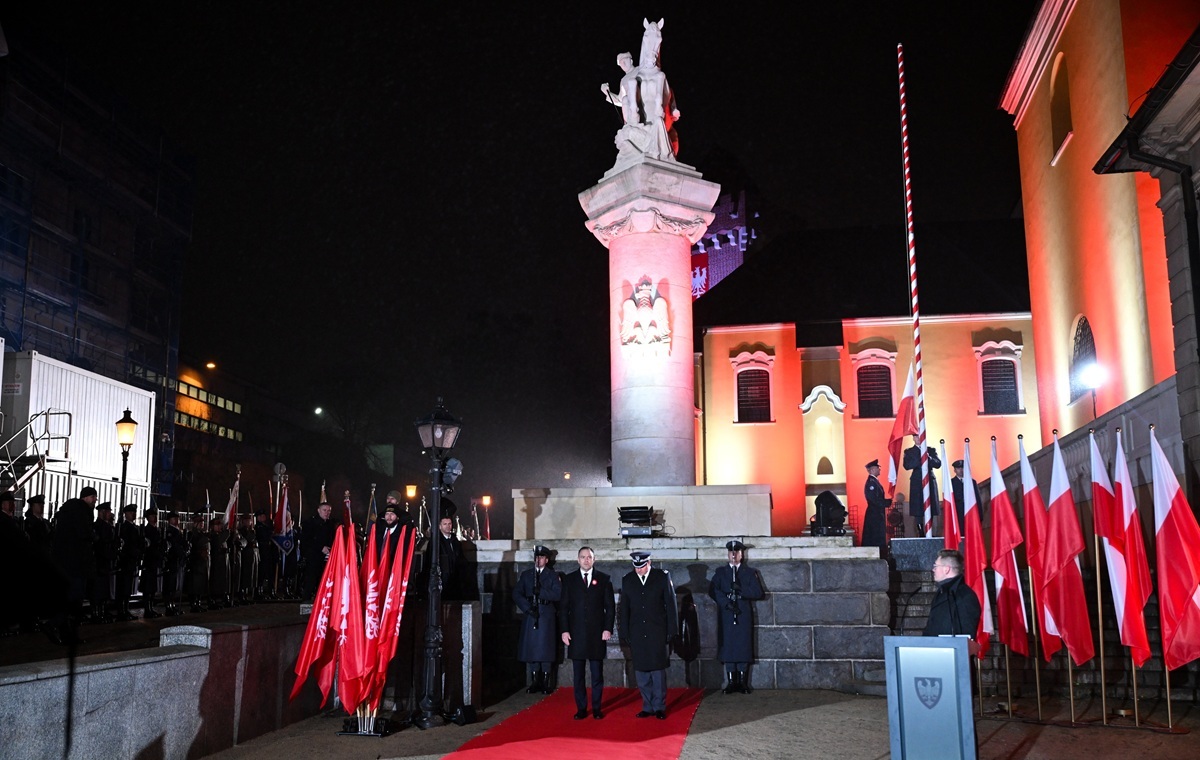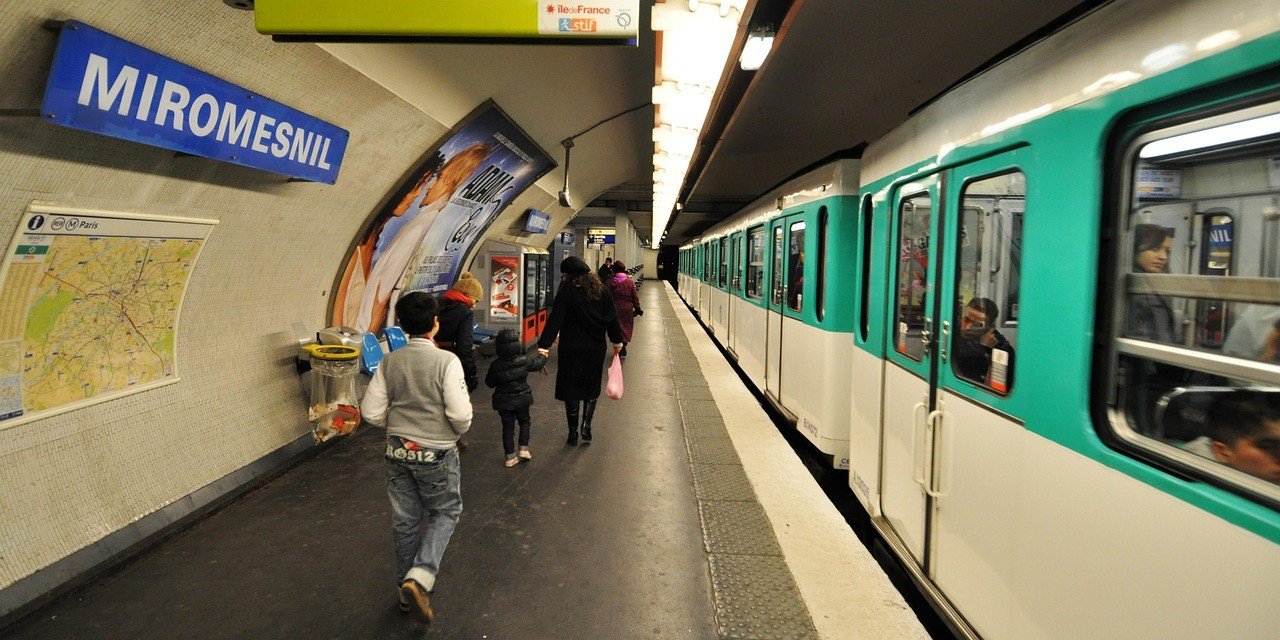
TOKYO— A Singapore Airlines (SQ) Boeing 787 overran the runway at Tokyo Narita Airport (NRT) on July 20, 2025, following a routine flight from Singapore Changi Airport (SIN). The aircraft, performing flight SQ638, came to a stop beyond the runway at low speed without any injuries.
The incident occurred during landing on Runway 16L (2500 meters) at approximately 07:59 local time. The aircraft stopped with its nose gear on the paved runway end safety area and required towing assistance before resuming operations.
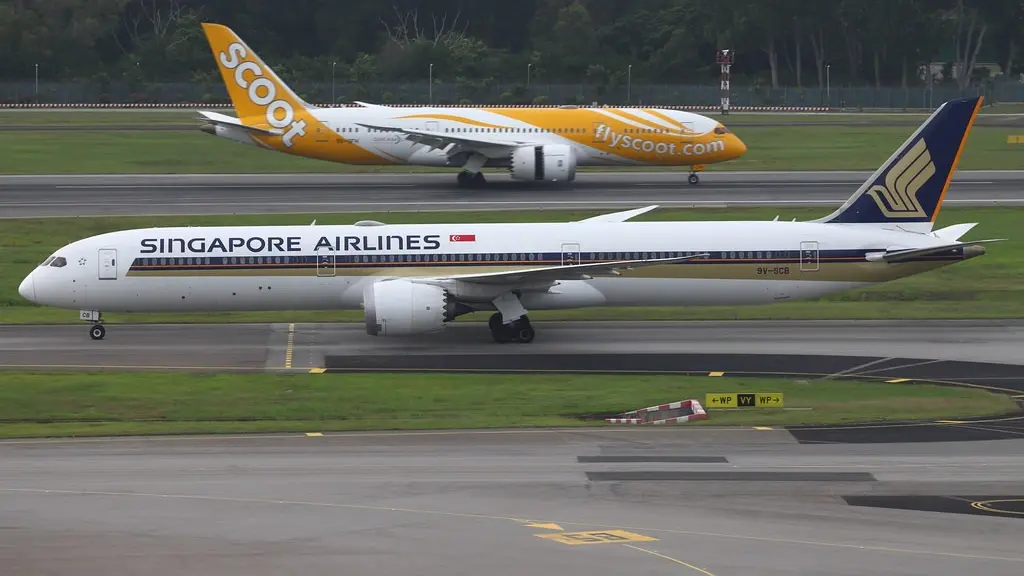 Photo: Kwok Ho Eddie Wong | Flickr
Photo: Kwok Ho Eddie Wong | FlickrSingapore Airlines 787 Overrun at Tokyo
The 6.3-year-old aircraft involved in the incident is a Boeing 787-10 Dreamliner, registered 9V-SCJ, operating as Singapore Airlines flight SQ638 from Singapore (SIN) to Tokyo Narita (NRT).
The scheduled departure was on July 19, with actual landing on July 20, 2025, at 07:59 local time (22:59Z).
Upon touchdown on Runway 16L at Narita, the aircraft reportedly crossed the runway threshold at about 15 knots ground speed before coming to a complete stop in the paved runway end safety area (RESA).
The 2500-meter (8200-foot) runway length appeared marginal under the prevailing conditions, though the precise contributing factors remain under review.
There were no reported injuries to passengers or crew. Airport ground services responded swiftly, and the aircraft was towed back approximately 40 minutes later to a suitable location on the tarmac.
After the incident, ground personnel assessed the Boeing 787-10 for any damage. With no immediate technical issues reported, the aircraft was cleared for service. However, the return flight to Singapore was delayed by around 3.5 hours due to inspection and repositioning procedures.
Flight tracking data confirmed that the aircraft resumed normal operations later that day, suggesting minimal or no structural damage, Aviation Herald reported.
ALSO READ:
Singapore Airlines A350 Suffers Turbulence, One Passenger Injured
 Photo: Utkarsh Thakkar (Vimanspotter)
Photo: Utkarsh Thakkar (Vimanspotter)Weather and METAR Conditions at the Time
Meteorological reports (METARs) from Tokyo Narita Airport (RJAA) around the time of landing show clear visibility, variable winds between 200–240°, and temperatures ranging from 29°C to 32°C. Notably, there were no significant weather phenomena that could have directly contributed to the runway excursion:
- RJAA 200200Z: Wind 21008KT, visibility 9999, FEW030, temp 32°C
- RJAA 192300Z: Wind 23009KT, FEW015, temp 29°C
- QNH 1017 hPa, indicating stable pressure and no low-pressure system nearby
While wind conditions appeared mild and non-gusty, further investigation may look into landing speed, aircraft configuration, and braking performance in combination with runway surface conditions to determine the exact cause.
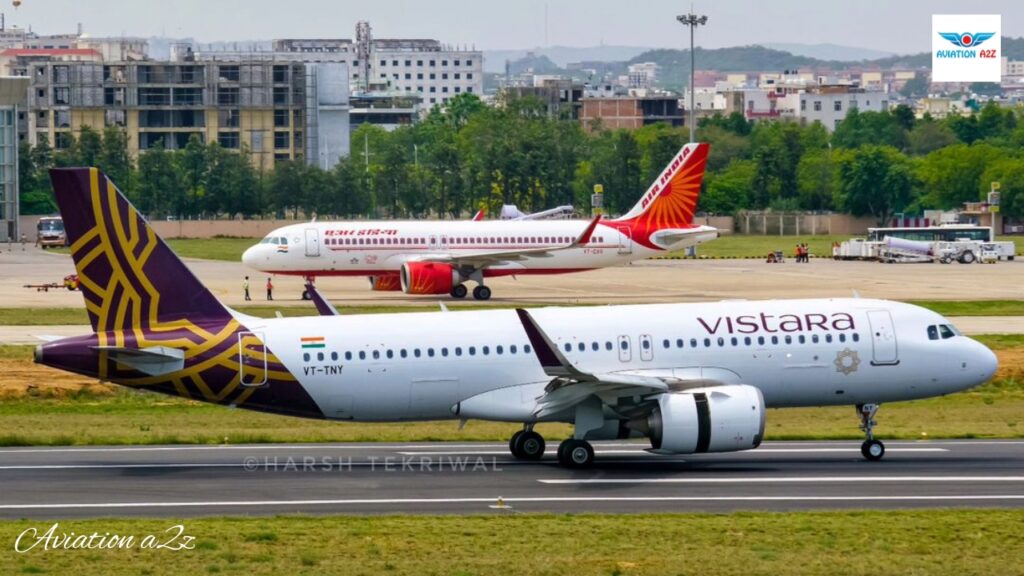 Photo: Harsh Tekriwal AvgeekwithLens, Go follow him on his social media
Photo: Harsh Tekriwal AvgeekwithLens, Go follow him on his social mediaSimilar Incident
Air India (AI) flight AI2744 from Cochin International Airport (COK), Kochi, to Chhatrapati Shivaji Maharaj International Airport (BOM), Mumbai, experienced a runway excursion during landing on July 21, 2025.
The Airbus A320neo encountered adverse weather conditions, including intense rainfall, and veered off the runway upon touchdown at BOM. All passengers and crew disembarked safely, and no injuries were reported.
Skid During Landing
Flight AI2744, operated by Air India (AI), departed from Cochin International Airport (COK) and was scheduled to arrive in Mumbai at Chhatrapati Shivaji Maharaj International Airport (BOM).
At approximately 09:27 AM IST, the Airbus A320neo, registered VT-TYA, landed during heavy rainfall and skidded off the runway while attempting to exit Runway 09/27 via taxiway N4.
Initial findings indicate that the aircraft lost traction due to the wet runway surface, resulting in a brief excursion.
Reports state that three tyres burst during the incident, and potential damage to one of the engines was observed. Despite the situation, the flight crew maintained control and taxied the aircraft to the terminal without external assistance.
This aircraft was formerly part of the Vistara fleet and is powered by two CFM LEAP-1A engines. At the time of the incident, the 4.5-year-old aircraft was conducting regular passenger service and had no prior mechanical issues reported before the flight.
Air India promptly issued a statement confirming the incident and emphasized that passenger and crew safety remained uncompromised. All passengers deplaned normally at the gate after the aircraft was brought to a complete stop.
The aircraft has since been grounded for detailed inspection and maintenance. Engineers are assessing damage to the landing gear, tyres, and engine components before it can return to operational service.
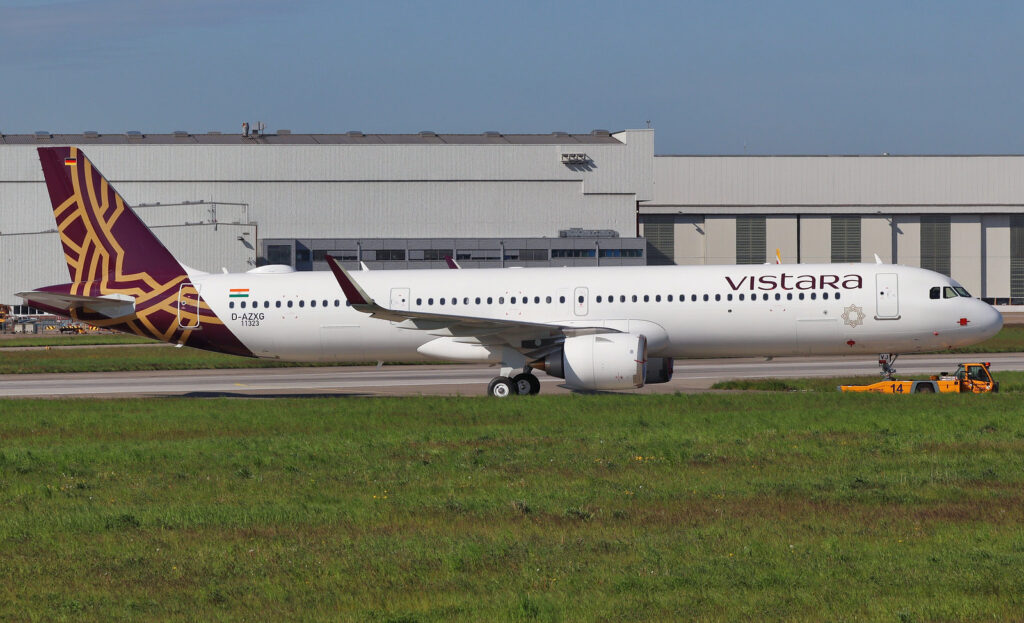 Vistara A321neo D-AZXG VT-TVJ MSN 11323 8.5.23 XFW Photo: spottingatxfw
Vistara A321neo D-AZXG VT-TVJ MSN 11323 8.5.23 XFW Photo: spottingatxfwAirport Operations and Emergency Response
Chhatrapati Shivaji Maharaj International Airport (BOM) swiftly activated its emergency response teams. The primary runway, 09/27, sustained minor surface damage from the tyre bursts and was temporarily closed for inspection and repair.
To maintain flight schedules and minimize delays, operations were transitioned to the airport’s secondary runway, 14/32. Maintenance crews began repair work on the main runway immediately after the aircraft was moved.
CSMIA officials praised the quick coordination between pilots, air traffic control, and ground personnel.
Stay tuned with us. Further, follow us on social media for the latest updates.
Join us on Telegram Group for the Latest Aviation Updates. Subsequently, follow us on Google News
Emirates, Singapore Airlines Airbus A380 Slat Issue Triggers Inspections
The post Singapore Airlines Boeing 787 Overshoot Runway at Tokyo Airport appeared first on Aviation A2Z.






